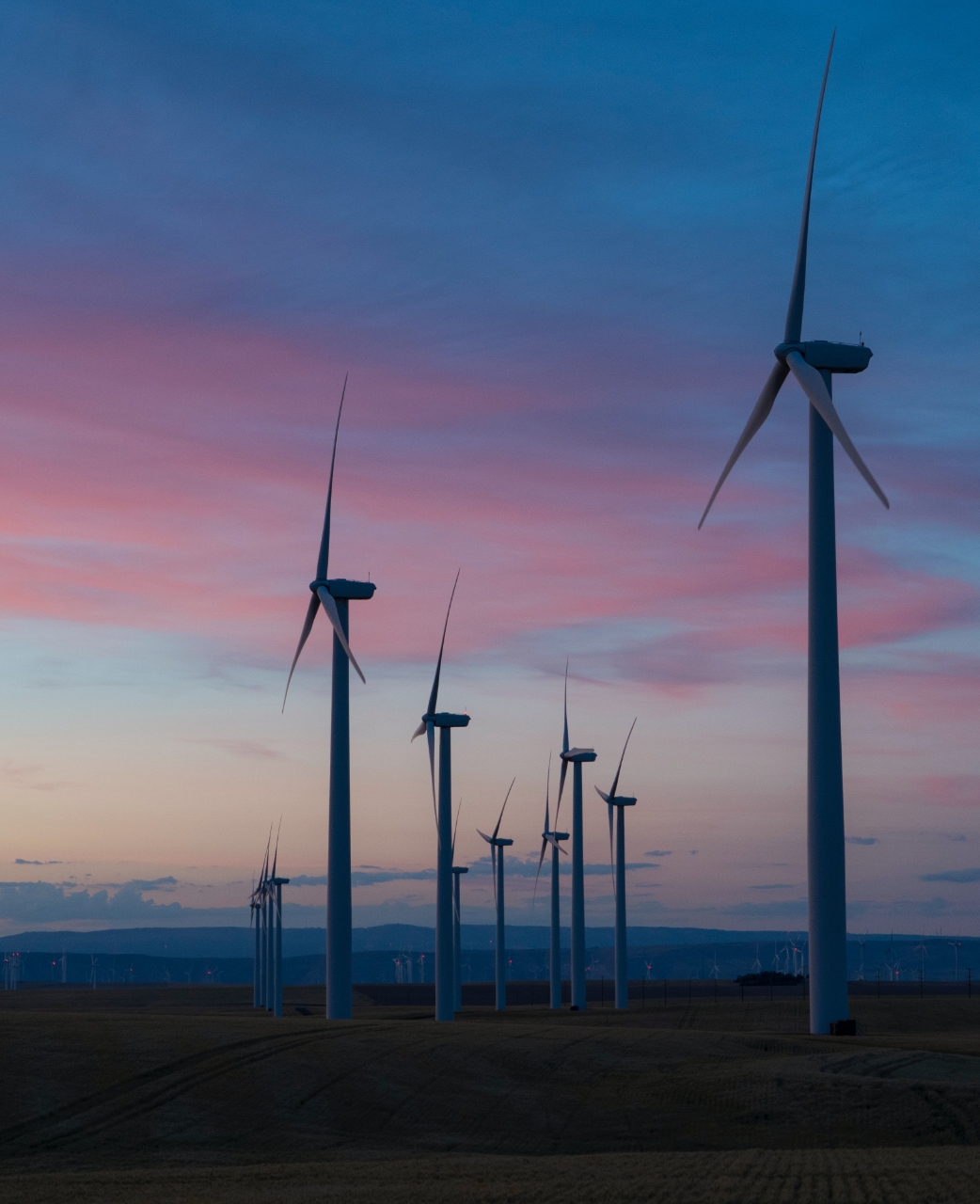Multiple sources,
one single energy
Multiple sources,
one single energy
Brazil, a leader
in clean and
renewable
energy.
Electricity in Brazil comes from a large-scale hydro-thermal-wind system and is primarily generated by hydroelectric power plants installed in various river basins across the country.
Wind and thermal power plant installations have increased in recent years, making a strategic and significant contribution to the sector’s security by allowing water storage in hydroelectric power plant reservoirs.
Brazil’s tropical climate and sunlight incidence are highly favorable for solar energy generation, which has significant potential and may even outperform hydroelectric power.
The path of energy
For electricity to reach your home,
electrical energy travels thousands
of kilometers from the point of
generation, passing through several stages:
01 GENERATION
Electricity is produced in power plants, which generate energy from a variety of sources. The power of water or wind, solar rays, and fossil fuels such as natural gas and coal are some examples.
The majority of electricity in Brazil comes from clean and renewable sources, which contributes to the preservation of the environment and to a sustainable future.
02TRANSMISSION
Following generation, the electricity is routed to transmission substations, where transformers increase the voltage so that the electric current can travel over long distances.
Transmission lines are responsible for transporting electricity, connecting power generation plants to consumer centers across the country.
To achieve this, transmission towers are strategically placed in various locations, ranging from rural areas to large urban centers, and high-voltage cables cross rivers, forests, and roads.
03DISTRIBUCIÓN
Finalmente, la energía pasa por subestaciones de distribución, encargadas de reducir nuevamente el voltaje. Este paso asegura que la energía es conducida de forma segura y así proporcionada a los consumidores.
The path of energy
For electricity to reach your home,
electrical energy travels thousands
of kilometers from the point of
generation, passing through several stages:
01 GENERATION
Electricity is produced in power plants, which generate energy from a variety of sources. The power of water or wind, solar rays, and fossil fuels such as natural gas and coal are some examples.
The majority of electricity in Brazil comes from clean and renewable sources, which contributes to the preservation of the environment and to a sustainable future.
02TRANSMISSION
Following generation, the electricity is routed to transmission substations, where transformers increase the voltage so that the electric current can travel over long distances.
Transmission lines are responsible for transporting electricity, connecting power generation plants to consumer centers across the country.
To achieve this, transmission towers are strategically placed in various locations, ranging from rural areas to large urban centers, and high-voltage cables cross rivers, forests, and roads.
03DISTRIBUCIÓN
Finalmente, la energía pasa por subestaciones de distribución, encargadas de reducir nuevamente el voltaje. Este paso asegura que la energía es conducida de forma segura y así proporcionada a los consumidores.

In Brazil, the SIN is composed of 4 subsystems, which allow the integration of generation and transmission resources. They are: South, Southeast/Central-West, Northeast and North.
Electrical systems are connected through a transmission mesh, responsible for conducting and transferring the energy produced between its subsystems.
This operational synergy provides numerous advantages, such as greater safety, maximum use of diverse hydrological regimes and integrated transmission of the various energy sources that supply the consumer market.
The management of power plants, transmission lines, substations and electricity distribution networks is carried out by public and private companies that obtain service concessions through auctions. They are remunerated in accordance with the rules of the National Electric Energy Agency (ANEEL), the regulatory body responsible for establishing sector standards and guidelines.
